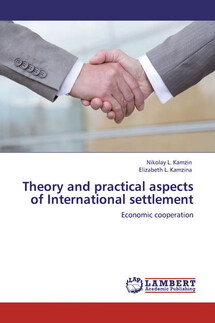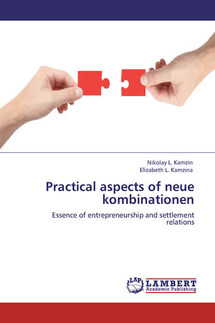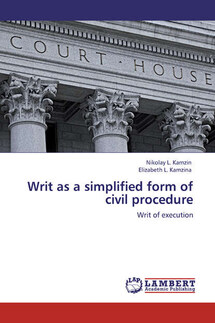The implementation of the economic cycle: freedom, trust, duty - страница 16
4.4. Transaction «swap»
Today, the transaction «swap» – is the purchase or sale of currency under a fixed exchange rate, but at the same time the conclusion of the reverse forward transaction, and payment terms are usually not the same (deal «sell-buy» in the jargon of the foreign exchange market). The swap transaction is used to cover the currency risk, as well as a possible gain in the future.
For example, somebody buys dollars for rubles a month for delivery and immediately makes a deal to sell them. Forward selling rate (is percentage price premium dollar) is the subject of the contract.
For interbank relationships swap transaction – an exchange of obligations or requirements, a form of insurance against risk, diversification, and replenish reserves.
The swap agreements between central banks are foreign currency exchange amounts (loans) to the short term, the exchange, which decays to the acts of buying foreign currency (for the target of intervention) and resell foreign currency.
Such agreements are common between the U.S. Federal Reserve and central banks of European countries. European Monetary Cooperation Fund – a prototype of the European Central Bank – interacted with the participants of the European Community based on three-month renewable constantly swap agreements.
Swap transactions are widely used in the monetary and credit transactions to profit from the difference in interest rates, in transactions with other valuables, including gold.
4.5. Interest arbitrage
In practice, often there are situations when interest rates suddenly rise or fall, and the forward market has not reacted to them. Here lurk the richest opportunities for application of interest rate arbitrage: buying the currency of a country on the spot rate and selling it for a fixed rate with an additional profit arising from the difference in percentage. An arbitrage profit is temporary – it disappears when the change in forward rate equalizes competitive conditions.
4.6. Currency futures
Futures emerged in the form of contracts for the supply of food and raw materials at an agreed price by a certain date. The contracts themselves are traded on commodity exchanges. The list of «real» content of futures extended. In Russia, the common three-month futures contracts for delivery of petroleum and petroleum products.
A futures contract is the stock market where buy and sell packages of securities (treasury bills and bonds), deposits, foreign currency. The main mass of this financial future is a three-month currency future. Exposing the financial futures market, brokers usually inform the date of the contract and payment and interest rates. The benefit will depend on the buyer to exchange rate, which is made a contract, and interest on short-term bank deposits.
4.7. Exchange risk insurance
With the expansion of foreign exchange transactions in the general instability of monetary circulation is becoming urgent need for insurance of risks relating to exchange rate fluctuations. The system of measures to reduce currency losses called «hedging» (hedging – fence).
Forwards, options, swap transactions, futures – are the natural methods of short-term hedging. It is in itself a dual role of foreign exchange operations – profit and loss insurance. Banks seek to carry out operations to undesirable exchange rate changes, explore the possibility of compensation due to parallel or pre-emptive monetary actions.









